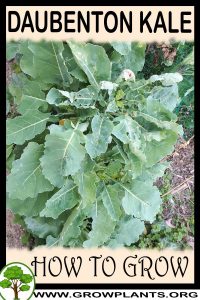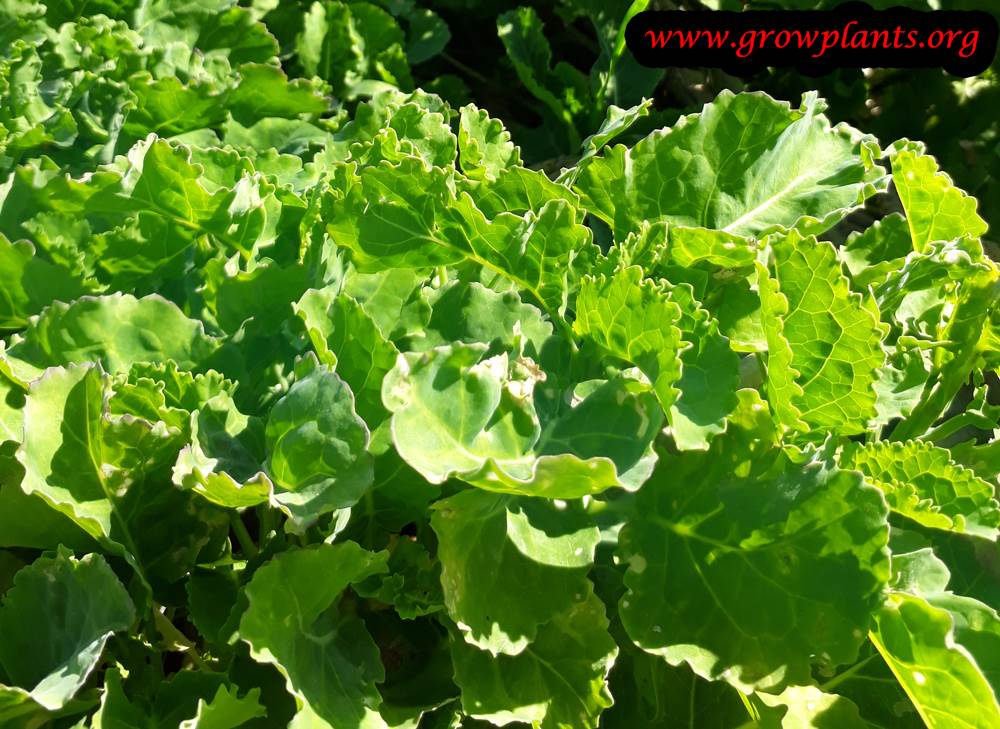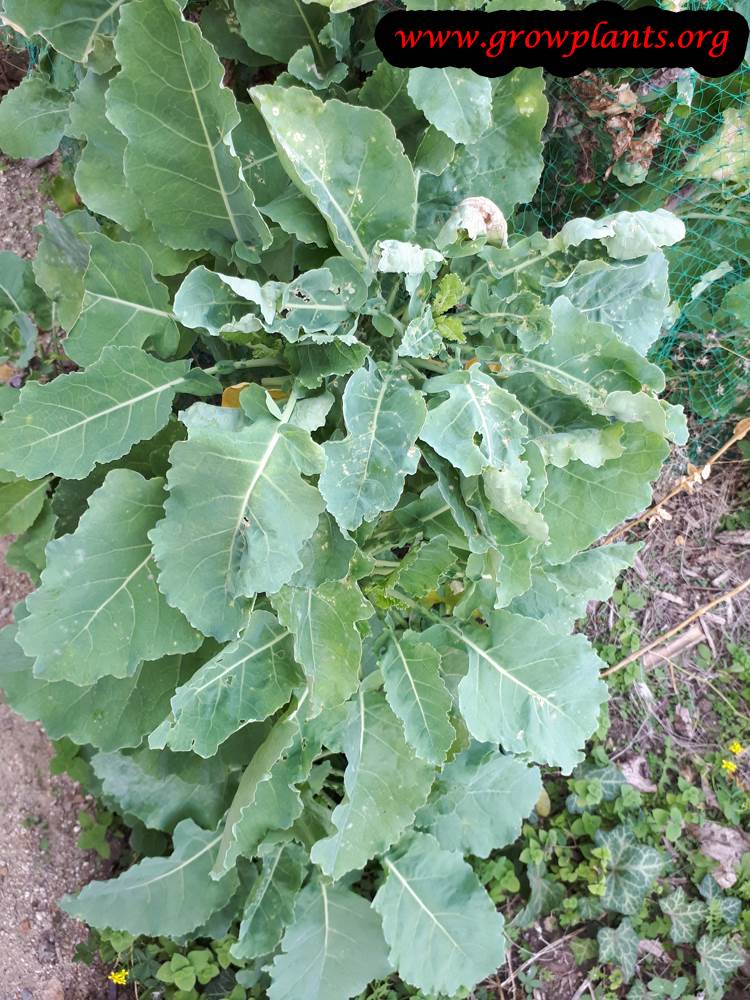VIDEO How to grow Daubenton Kale growing and care:
Rich soil that’s been well fertilized Clean Larvae from the leaves
What is the best way to start growing?
Is it necessary to graft or use vegetative reproduction?
Difficulties or problems when growing:
Planting season:
Pests and diseases:
Pruning season:
How to prune:
Size of the plant?
Growth speed in optimal condition:
Water requirement:
Light conditions in optimal condition for growing:
Is it possible to grow indoor as houseplant?
Growing is also possible in a planter /flowerpot / containers:
Blooming information
Bloom season:
General information about the flower
Thinning the bloom:
Pollination is done by:
Grow from seeds
Sowing requirement:
Saving seeds until sowing:
Sowing season:
Planting spacing:
Depth of Sowing:
Conditions for seeds germinate:
Watering requires for Seeds:
Germination time:
Condition of seedling:
Do the seeds require burying?
Vegetative Reproduction
How to make Vegetative Reproduction in Daubenton Kale?
The best time for vegetative reproduction in Daubenton Kale:
How much time does it take to grow roots in vegetative reproduction?
What is the treatment for vegetative reproduction in Daubenton Kale?
Edible leaves
Leaves harvesting season:
How to harvest the leaves?
Information about leaves:
Uses of Daubenton Kale leaves:
Scientific name:
Brassica oleracea – Acephala Group
Categories
Blooming Seasons
Spring flowers Summer flowers
Edible Parts
Culinary uses
Cooked Eaten raw Leafy vegetables Salad Stuffed or Wrapped
Flower colors
Climate
Mediterranean Climate Subtropics Climate
Harvest Season
Autumn Harvest Spring Harvest Summer Harvest Winter harvest
Leaf color
Ornamental parts
Ornamental leaves Ornamental plant
Plant growing speed
Plant life-form
Annual plant Evergreen Herbaceous Leaf plant Perennial plant
Plant Uses
Colored leaves Edible plants Ornamental plants
Planting Season
Autumn Planting Spring Planting
Plants sun exposure
Full sun Plants Part shade Plants
Watering plants
Big amount of water Regularly water
Hardiness zone
Hardiness zone 10 Hardiness zone 11 Hardiness zone 2 Hardiness zone 3 Hardiness zone 4 Hardiness zone 5 Hardiness zone 6 Hardiness zone 7 Hardiness zone 8 Hardiness zone 9




